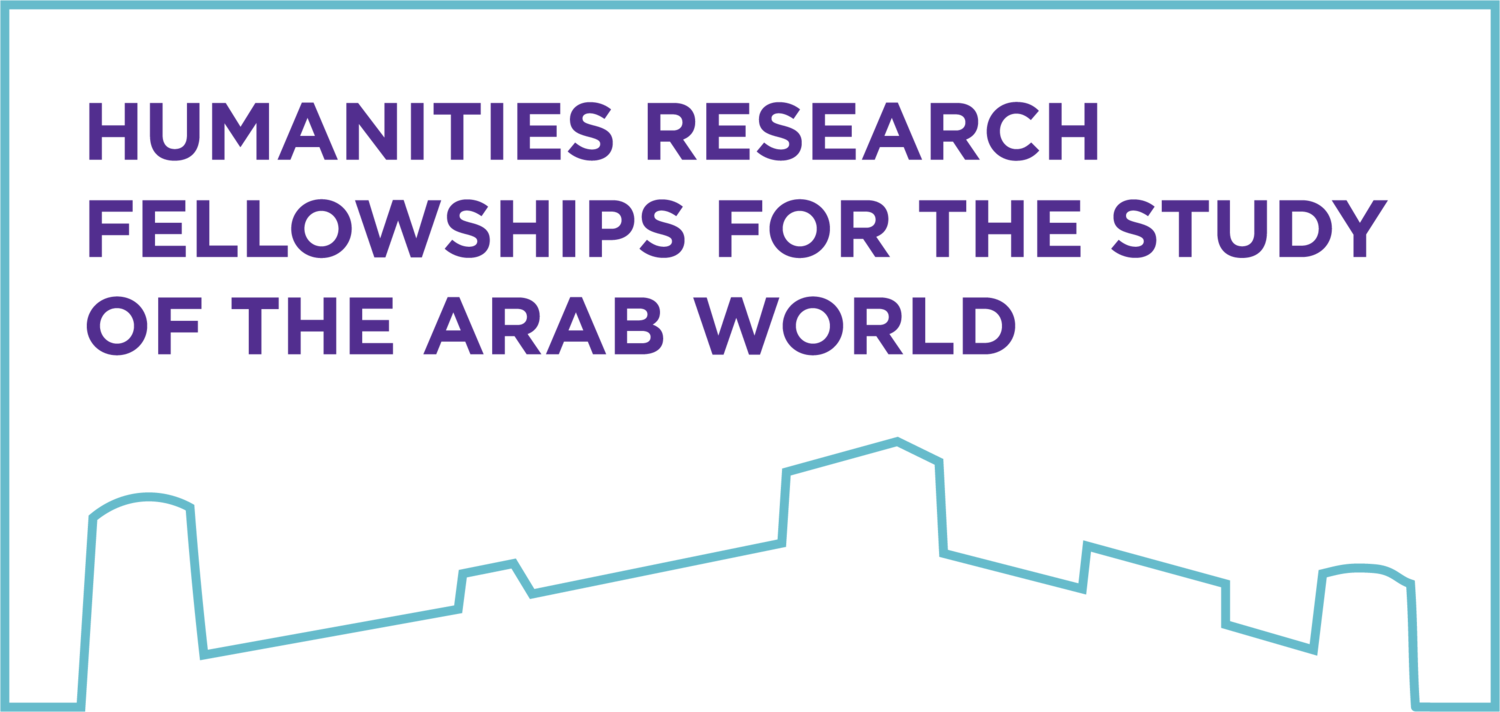For a long period of time, Emirati women were mainly associated with the concealed space of the domestic household and considered as the guardians and transmitters of Emirati tradition and religious values. During the last years, however, Emirati women figure more prominently on the public stage due to a “state feminism” which aims at the empowerment of women, particularly in the domain of education, political representation and economic performance. In this context, the term women leadership looms largely in public and governmental discourses highlighting the success that Emirati women have achieved by venturing into a great variety of occupations, ranging from business women and ministers, to fighter pilots and offshore engineers.
Beyond this discourse on women leadership, however, Emirati women’s everyday lives — its diversities, creativities, and confines — are rarely discussed in public. Moreover, research on Emirati women is still rather scarce. The few existing monographs center exclusively on topics relating to education, women’s segregation, and the emergence of the major women’s organizations and unions. Up to the present, however, basic information on Emirati women’s lives, their socio-economic milieus, their intra- and extra family networks, their aspirations and restrictions, is still lacking. Likewise, data on the socio-economic roles of women in the pre-oil period and on changing gender roles from the past to the present have yet to be assembled and discussed in more detail.
This workshop aims at bringing together scholars who are working on different aspects relating to Emirati womanhood, ranging from historical (self-)representations (in heritage, oral history, and museums), women’s political leadership, past and contemporary economic livelihoods, family and marriage laws, women’s health, to the various artistic fields in which Emirati women have come to express themselves, such as in theatre, literature, and the visual arts. The workshop will also address the various ways in which the established discourses and iconographies on gender and womanhood are contested and reinterpreted and how Emirati women’s voices and their agency can be further enhanced.
